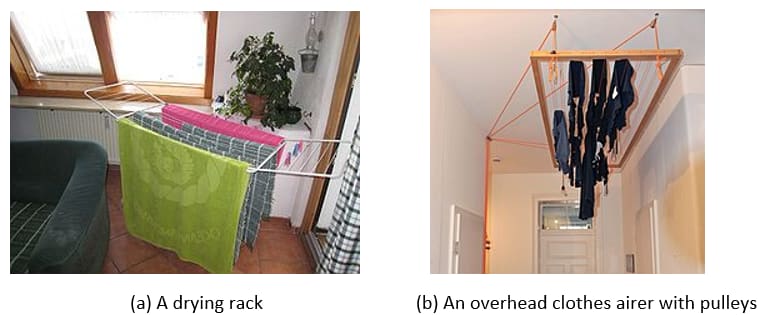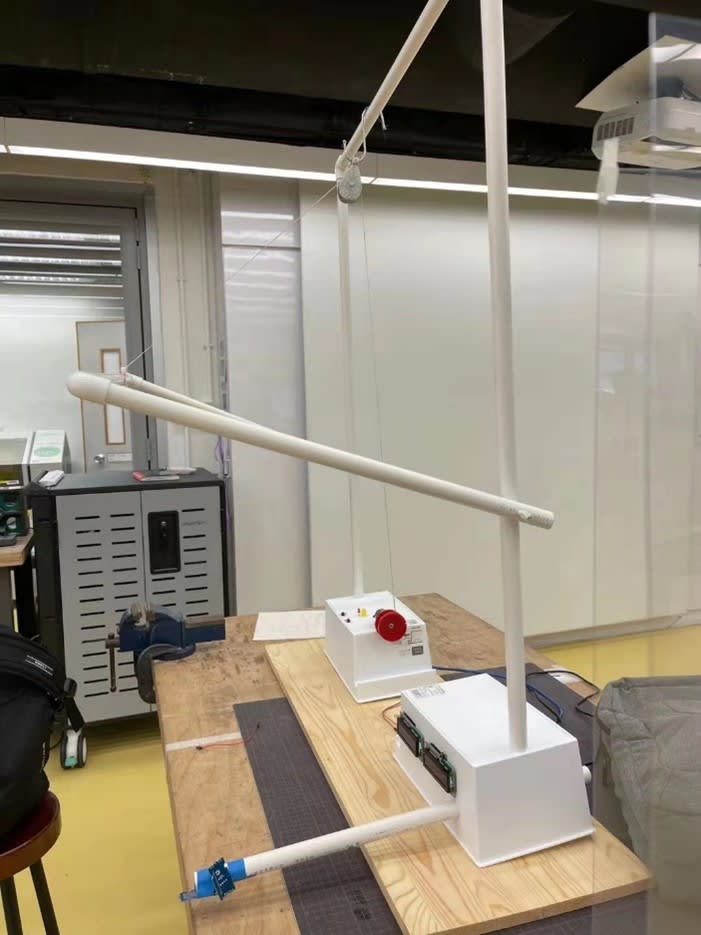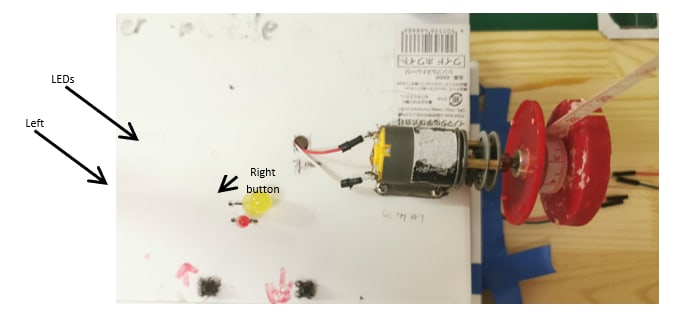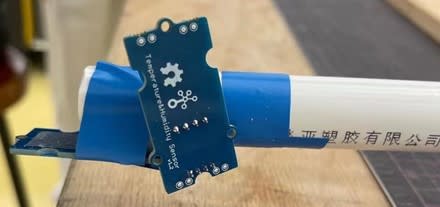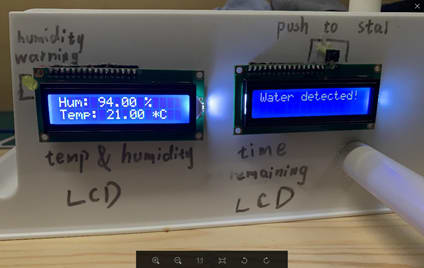Intellectual Outdoor Clothes Hanging Machine (Second Runner-up and Design Award)
Follow articleHow do you feel about this article? Help us to provide better content for you.
Thank you! Your feedback has been received.
There was a problem submitting your feedback, please try again later.
What do you think of this article?
Intellectual Outdoor Clothes Hanging Machine (Second Runner-up and Design Award)
By Silin, YE | Zilai, WANG | Yang, LI
Clotheshorse is a very popular way to keep clothing dry or without a wrinkle (see Fig. 3.1). In Hong Kong, we usually hang clothes outside apartments to make them dry. However, we need to collect them by ourselves when they are dry. Moreover, we need to collect them to avoid getting wet before it is raining. To solve this problem, this project is to develop an intellectual outdoor clothes hanging machine to automatically collect clothes.
The outlook of the machine is shown in Fig 3.2.
Figure 3.1: Clothes horses
Figure 3.2: The outlook of the intellectual outdoor clothes hanging machine
A dc motor with a motor driver is used to move the hanger to hang clothes outside or collect the clothes. An Arduino Uno is used to get signals from two buttons and control the movement of the hanger. When the left (right) button is pressed, the hanger moves up (down). When two buttons are pressed at the same time, the machine goes to auto mode (the hanger will move automatically based on the readings from sensors). There are two LEDs: when both LEDs are flashing, the machine is waiting to start. When the red LED is flashing, the machine is in auto mode.
Figure 3.3: The motor, buttons and LEDs on the bottom left hand side of the machine
On the bottom right hand side of the machine, there are three sensors to detect the outside environment: a temperature sensor, a humidity sensor and a water sensor (see Fig. 3.4). We can set the thresholds of the temperature and the humidity to determine when we should hang back the clothes. For the water sensors, when water (raining) is detected, the machine will hang back the clothes. Moreover, we have two LCD displays and one button on the bottom right hand side of the machine (see Fig. 3.5). When the button is pressed, the machine is powered on. The left LCD display shows the readings of the sensors and the right LCD display shows the notifications from the machine. All sensors and LCD displays are controlled by a Mega 2560 microcontroller.
Figure 3.4: The sensors on the bottom right hand side of the machine
Figure 3.5: LCD displays and a button on the bottom right hand side of the machine
Four demonstration videos are shown below.
Comment from judges: The team builds a complete system for demonstration and carries out many experiments to demonstrate their idea. The difficulty to build up the system is not very high. However, it is not easy for Year 2 students. The system should consider humidity and wind as their control factors. Moreover, more experiments should be carried out to check whether the system could work with heave load (wet clothes).

